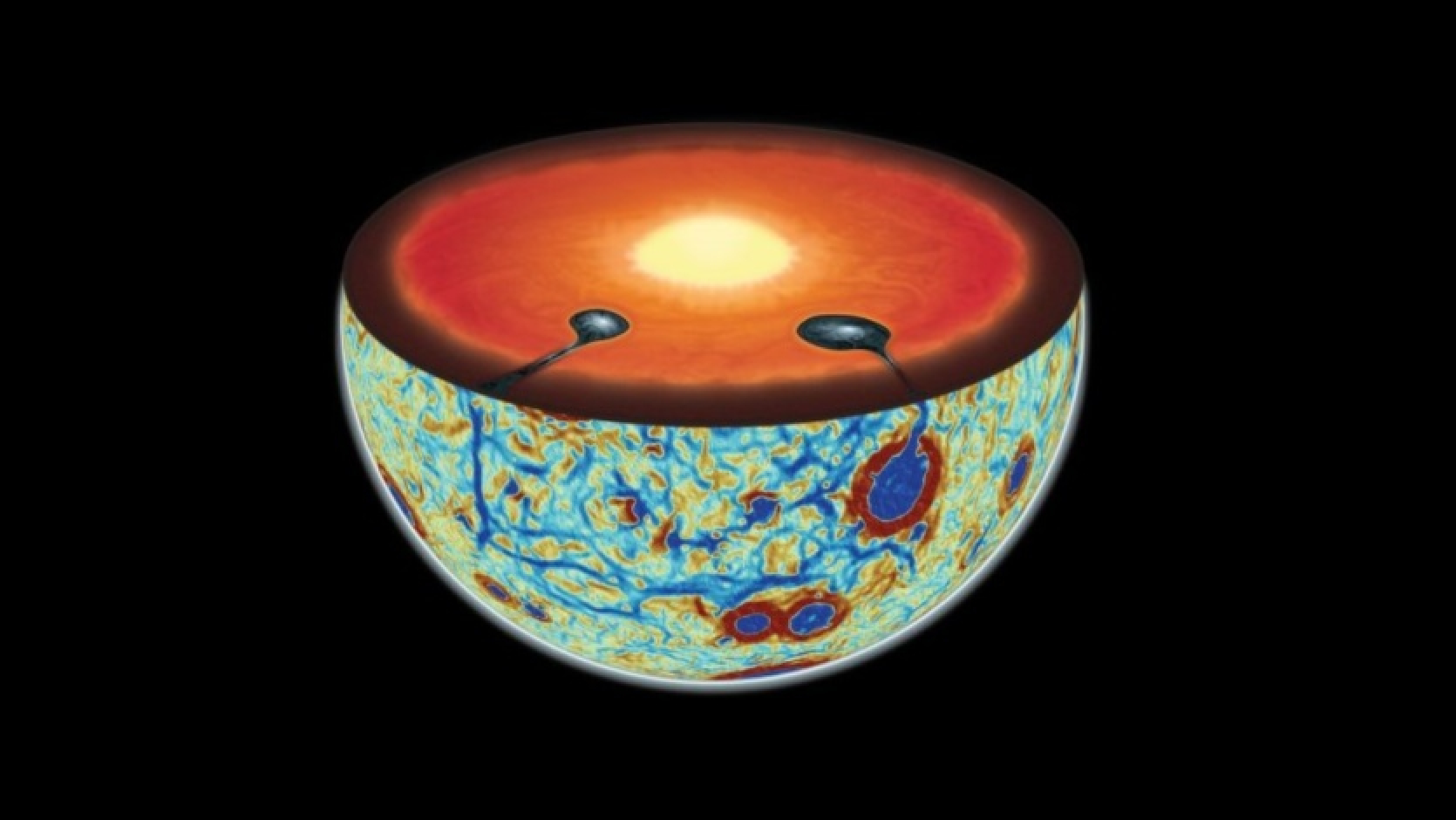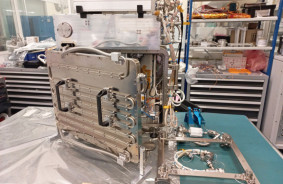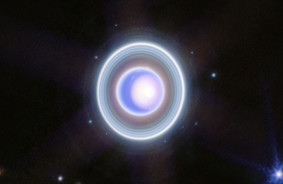What was on the surface of the young Moon moved into the depths of the satellite, and what was inside came out into the light.
For decades, scientists have been discussing the possibility that billions of years ago the Moon "turned inside out" - in a new article published in the journal Nature (via Live Science), planetary scientists from the University of Arizona present their own evidence. The team conducted a series of simulations in which gravitational anomalies on the near side of the Moon are fully consistent with the presence and distribution of dense minerals that have been preserved since the early days of the Earth's natural satellite existence. Planetary scientists also determined that this "flip" occurred approximately 4.22 billion years ago - shortly after the Moon formed from a piece of Earth that broke off after a strong collision at the beginning of the Solar System.
Geochemically strange region
On the near side of the Moon, there is a region that scientists have called "geochemically strange" - known as the KREEP region, it is rich in specific and unexpected metals, such as potassium, rare earth elements, and phosphorus.
The region intersects with the "lunar seas" - large basaltic plains formed as a result of volcanic activity and rich in ilmenite (a mineral consisting mainly of titanium and iron). Ilmenite is also dense enough to be surprising, considering the lower density rocks located here - there is an opinion that these minerals once sank on the Moon, while less dense rocks rose to the surface.
Moon "flip"
The presence of the aforementioned metals and minerals can be explained by geodynamic processes that began shortly after the formation of the Moon. Initially, the satellite was covered with an ocean of molten magma, which cooled, forming the crust and mantle - in this scenario, when magma reaches cooling and crystallization, dense minerals, such as ilmenite, are formed in a layer between the crust and mantle, and KREEP elements are concentrated in a liquid reservoir.
Perhaps after the initial submersion, ilmenites heated up and rose again, overturning the mantle in the process - this could explain the geochemical oddities of the Moon, however, in this scenario, both sets of elements should have been distributed more or less evenly.
Crater hiding migration
One of the explanations cited by planetary scientists is related to the South Pole-Aitken basin on the far side of the Moon, which was formed as a result of a powerful impact. The crater now covers more than a quarter of the satellite's surface and may have "hidden" the migration of ilmenite and KREEP.
Researchers understood that the migration should have left clear gravitational traces and created models of "lunar flip," which gave a clear polygonal picture of linear gravitational anomalies, matching observations from NASA spacecraft.
"Thus, the Moon's gravitational field preserves critical information about the overturning of the lunar mantle, considered one of the defining events in the early history of the satellite, but the details have remained unknown so far," the researchers write.














Comments (0)
There are no comments for now